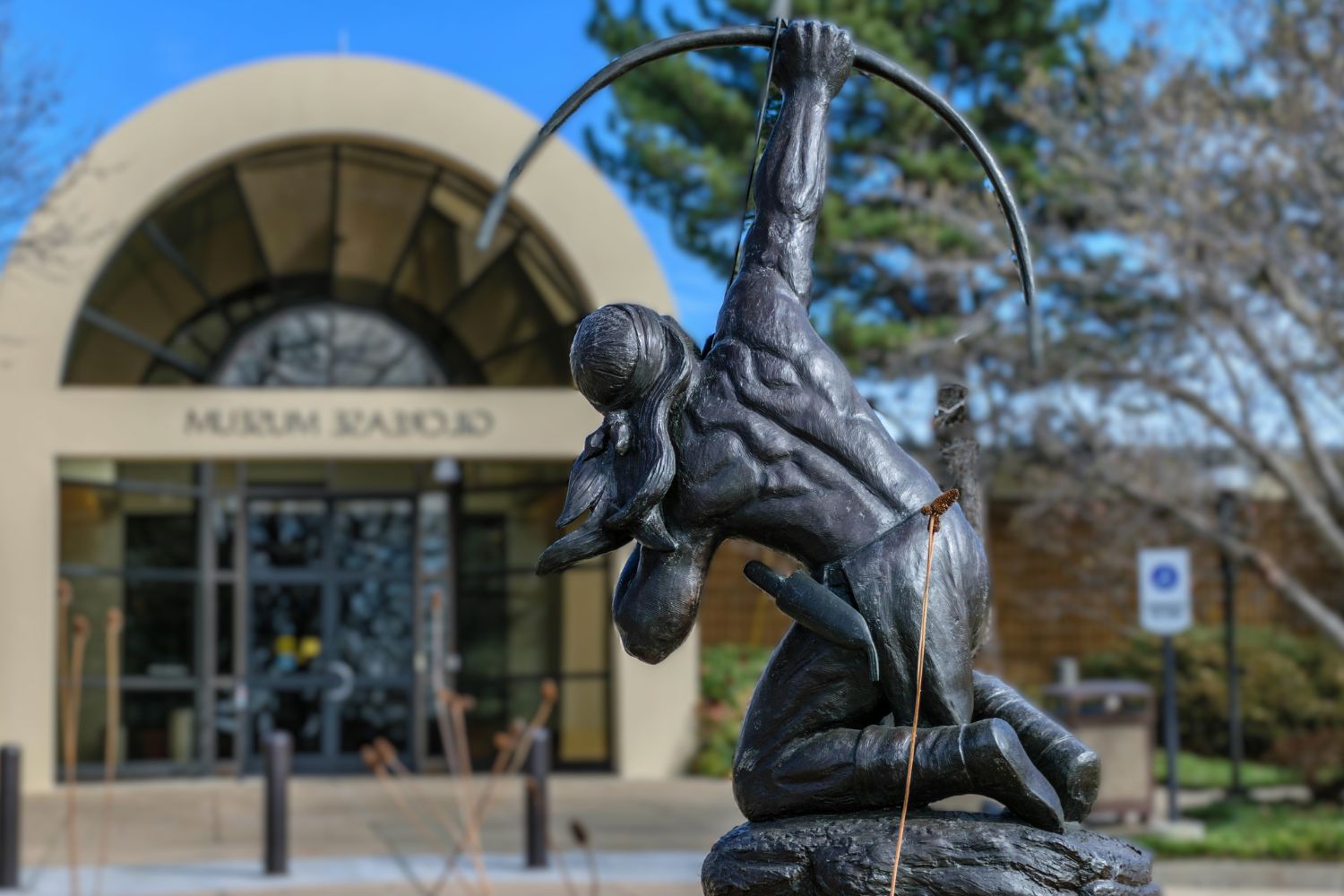Oklahoma’s Dust Bowl Landmarks And Their Untold Stories

Imagine standing on the vast plains of Oklahoma, where the wind whispers tales of resilience and survival. This region, once ravaged by the infamous Dust Bowl, holds stories that shaped American history. During the 1930s, relentless dust storms swept across the land, forcing families to leave their homes in search of better lives. Today, visitors can explore landmarks that tell these powerful stories. From the remnants of abandoned farms to museums preserving memories, each site offers a glimpse into the past. These places not only educate but also inspire, reminding us of the strength and determination of those who endured. Whether you're a history buff or just curious, Oklahoma's Dust Bowl landmarks promise a journey through time, revealing the untold stories of a bygone era.
Oklahoma's Dust Bowl: A Journey Through Time
Oklahoma's Dust Bowl era was a time of hardship and resilience. The land, once fertile, turned into a barren wasteland. Yet, from this adversity, stories of strength and survival emerged. Let's explore some of the most significant landmarks from this period and uncover the tales they hold.
The Black Sunday Memorial
On April 14, 1935, a massive dust storm, known as Black Sunday, swept across the plains. This event marked a turning point in the Dust Bowl era.
- Boise City, Oklahoma: Known as the epicenter of Black Sunday, this small town was engulfed by darkness as the storm hit. Today, a memorial stands to honor those who endured this natural disaster. Visitors can learn about the storm's impact on the community and the resilience of its people.
The Dust Bowl Museum
Museums dedicated to this era offer a glimpse into the lives of those who lived through it. They preserve artifacts and stories that might otherwise be forgotten.
- The Dust Bowl Museum in Guymon: This museum houses a collection of photographs, personal accounts, and artifacts from the Dust Bowl era. It provides an educational experience, helping visitors understand the challenges faced by families during this time.
The Route 66 Connection
Route 66, the iconic highway, played a crucial role during the Dust Bowl migration. Many families traveled this road in search of a better life.
- Elk City, Oklahoma: Home to the National Route 66 Museum, Elk City showcases the journey of those who traveled westward. The museum highlights the struggles and hopes of Dust Bowl migrants, offering a unique perspective on this historic route.
The Farm Security Administration (FSA) Camps
The FSA established camps to provide relief for displaced families. These camps became temporary homes for many during the Dust Bowl.
- Sayre, Oklahoma: One of the FSA camps was located here, providing shelter and resources for struggling families. Today, visitors can explore the site and learn about the government's efforts to assist those affected by the Dust Bowl.
The Legacy of Woody Guthrie
Woody Guthrie, a folk singer from Oklahoma, became the voice of the Dust Bowl era. His songs captured the struggles and hopes of those who lived through it.
- Woody Guthrie Center in Tulsa: This center celebrates the life and music of Woody Guthrie. It offers exhibits on his contributions to American folk music and his role in raising awareness about the Dust Bowl's impact.
The Resilient Spirit of Oklahoma
Despite the challenges faced during the Dust Bowl, the people of Oklahoma demonstrated incredible resilience. Their stories continue to inspire future generations.
- The Pioneer Woman Museum in Ponca City: This museum honors the pioneering spirit of Oklahoma's women during the Dust Bowl. It showcases their contributions to their communities and their unwavering determination to overcome adversity.
Reflecting on Oklahoma's Dust Bowl Legacy
Oklahoma's Dust Bowl landmarks offer more than just a glimpse into a challenging past. They tell stories of resilience, adaptation, and the human spirit's ability to endure. Visiting these sites, like the Dust Bowl Museum or the Black Sunday Memorial, brings history to life, showing how communities faced adversity head-on. These landmarks remind us of the environmental and economic impacts that shaped the region. They also highlight the importance of sustainable practices to prevent future catastrophes. Exploring these sites provides a deeper understanding of the struggles and triumphs of those who lived through the Dust Bowl era. As you walk through these historical places, you gain insight into the lessons learned and the changes implemented to ensure a better future. Oklahoma's Dust Bowl landmarks stand as powerful reminders of the past, urging us to appreciate and protect our environment.

